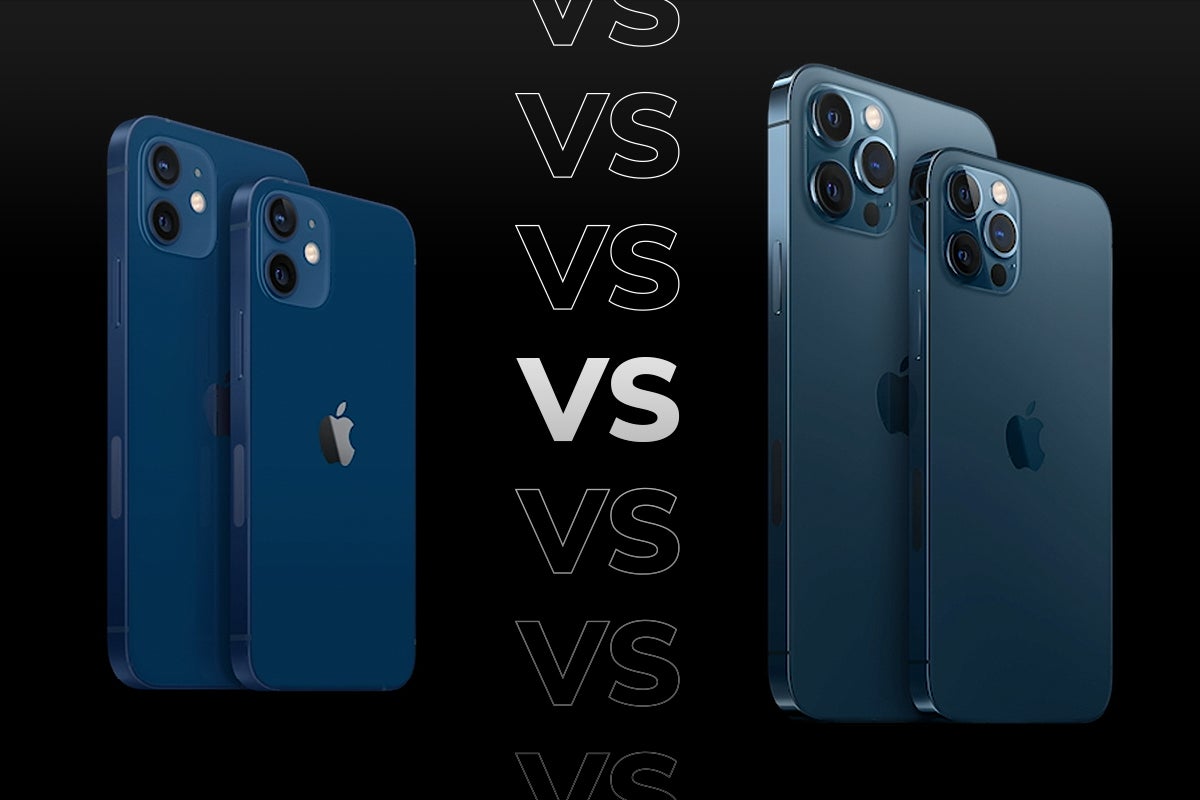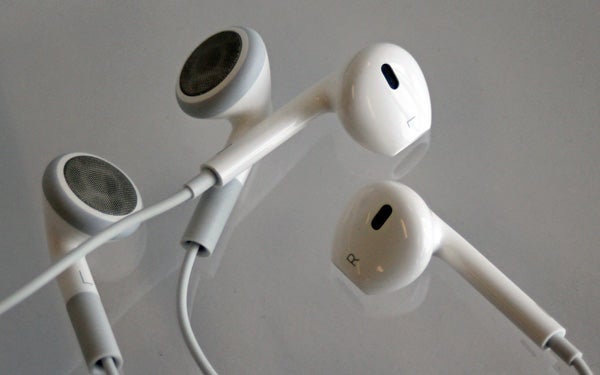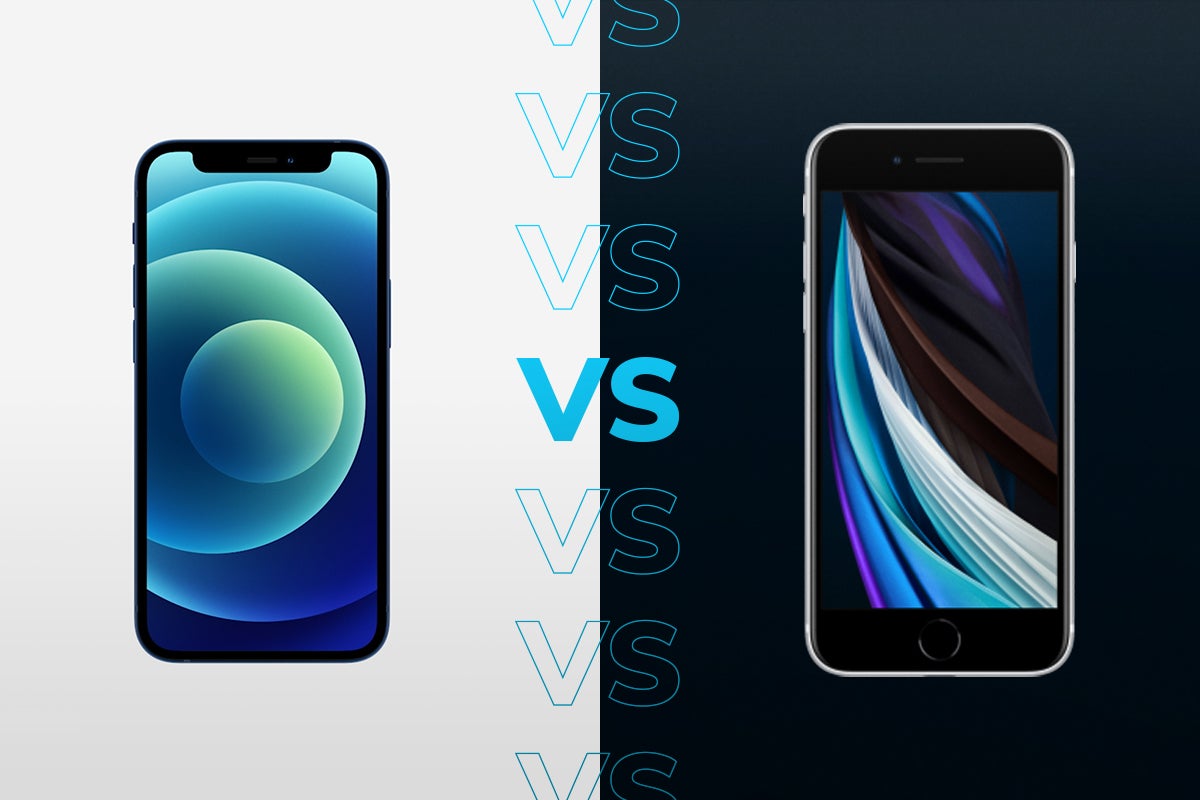What is Apple Silicon? The system-on-chip explained
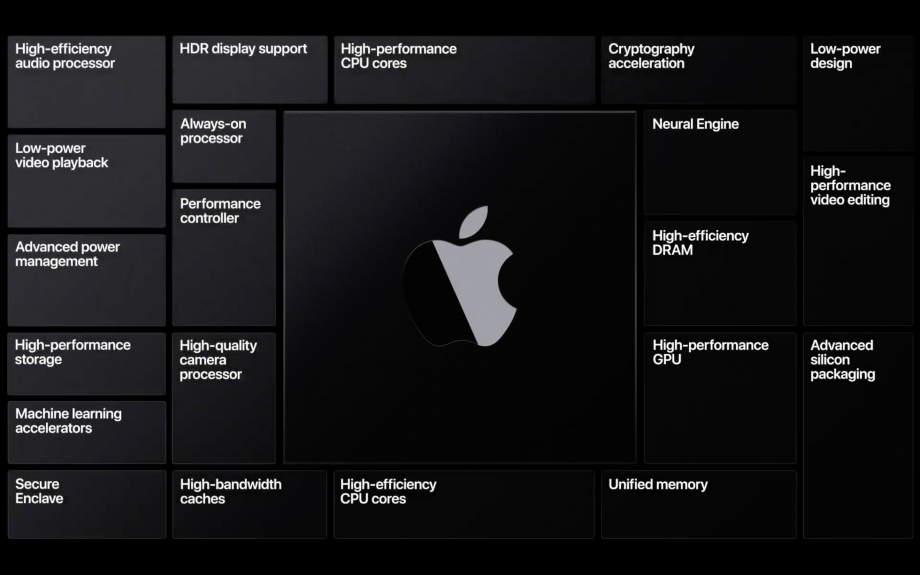
Apple started phasing out Intel chips in its devices a few years ago, transitioning over to Apple Silicon. But what exactly does Apple Silicon even mean?
With the release of the iPhone 15 and M3 Macs quickly approaching, we wanted to take a closer look at some key Apple technology beforehand so you can understand all the jargon that could be thrown at you during the announcement.
With that in mind, we will be running through everything you could possibly need to know about Apple Silicon, including when it was released and what each generation is capable of.
What is Apple Silicon?
Apple Silicon is the new processor architecture used inside Apple’s computer chips. Both the M1 and M2 line of chips use Apple Silicon – which were released in 2020 and 2022, respectively – marking the departure from Apple’s use of Intel chips.
Both of these lines have expanded since their conception; the M1 chipset branched out to the M1 Pro and M1 Max as more powerful alternatives to the M1, launching in October 2021 and featuring in the MacBook Pro (2021). The M1 Ultra was released later on and is the most powerful processor in the range yet, being packed inside the supremely powerful Mac Studio desktop.
Not content with just four different versions of the M1 chip, Apple then diversified with the launch of the M2. In the same vein as its predecessor, the M2 chip evolved into the M2 Pro, M2 Max and M2 Ultra chips.
The Apple M2 used the same number of CPU cores as its predecessor, but improvements made to the architecture allowed for a significant performance boost.
The M2 Pro is housed inside the Mac Mini (2023) and MacBook Pro (2023), with the latter also featuring the M2 Max chip. The M2 Ultra is only available on two devices, the Mac Studio (2023) and the Mac Pro (2023).
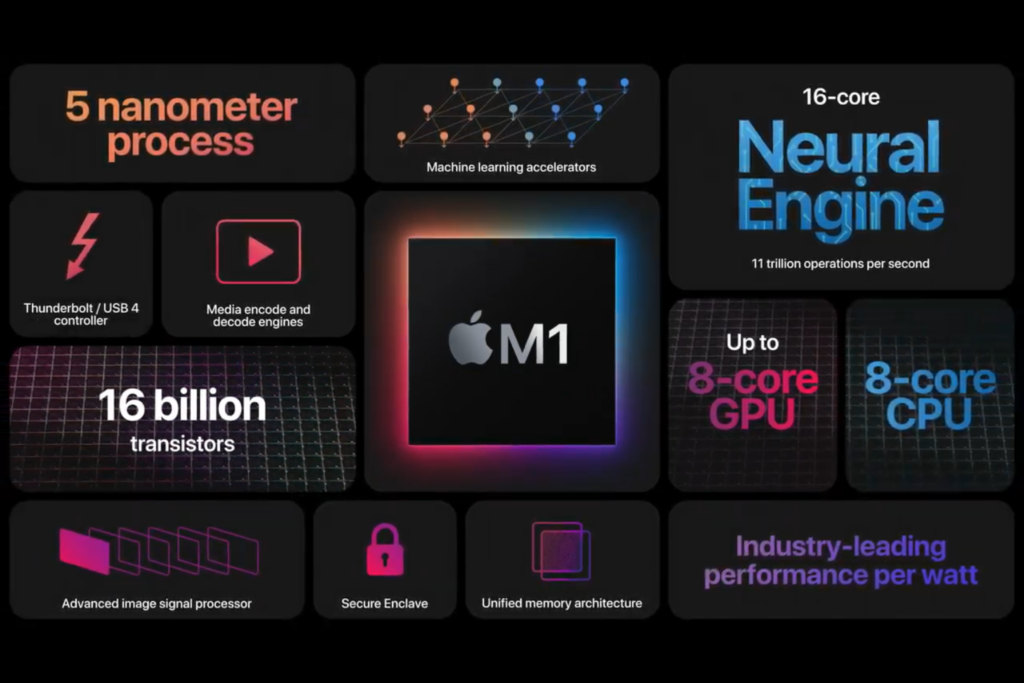
Does Apple Silicon use Arm architecture?
Yes. MacBook and iMac devices previously used Intel’s x86 processor architecture, but Apple is now switching over to Arm architecture.
Apple also uses Arm-based A-Series chips for its iPhone and iPad devices, so the transition allows Apple to provide cross-platform support for apps across both iOS and macOS.
Arm technology is renowned for offering excellent power and thermal efficiency compared to Intel processors. This is shown by the fact that the MacBook Air can now operate without a fan.
But Apple has also proven that Arm processors have a very high-performance ceiling, with benchmark results indicating that the M1 Max is more powerful than the vast majority of laptop processors on the market.
Which Macs use Apple Silicon?
As of right now, no current Apple Macs use Intel chipsets. All the laptops and desktops transitioned to Apple Silicon from 2020 to 2023, with the Mac Mini and Mac Pro being the last devices to make the change.
If you do happen to own an Intel Mac then there is no need for concern; Apple confirmed that it will continue to support these devices for the foreseeable future.
If you are looking to upgrade your Intel Mac, then make sure you check out our best MacBook and best Mac roundups to see which of the latest Apple devices are worth investing in.


